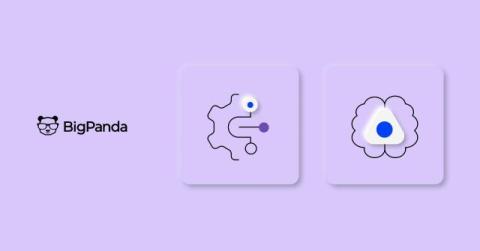AI-powered incident management copilots: A guide
All eyes are on generative AI. Enterprise IT teams are looking to Gen AI to translate the high volume of data from their services architecture into actionable insights. The goal: Improve operational efficiency and quality of work. But it’s challenging to sort through the hype (and confusion) to identify which vendors have GenAI capabilities that can provide true impact and value to their IT and service operations. One capability in particular is AI-powered copilots.











